How does an AED work?
AED stands for Automated External Defibrillator. An AED is a device which delivers an electrical shock to victims of sudden cardiac arrest (where the heart has stopped beating).
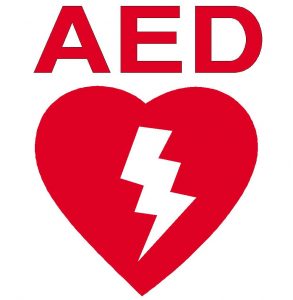
So how does an AED work?
An AED is a type of defibrillator designed to be used by anyone – there is no formal medical training required.
All defibrillators work on the same principle. They deliver electrical shocks to the heart. A common cause of cardiac arrest is disorganized electrical activity in the heart. This is known as Ventricular Fibrillation (VF for short).
The electrical shock delivered by a defibrillator is designed to clear this disorganized electrical activity and give the heart a chance to restart its normal rhythm.
The below video gives a good overview of the general function performed by an AED.
What does an AED actually do?
An EKG or ECG of the victim’s heart is taken by an AED in order to assess the electrical activity and try to ascertain whether the victim is experiencing VF or another cardiac rhythm. A shock may be administered by the rescuer and AED in accordance with the device’s operating guidelines if the AED analysis revealed VF. A “No shock” command will be given and the AED will not permit a shock to be delivered if the AED analysis identifies any rhythm other than VF.
In an effort to arrest the irregular rhythm, an AED shock stuns the heart with electricity.
Does an AED stop or start the heart?
An AED actually stops the heart! Its core function is to interrupt the malfunction in the heart’s electrical system by depolarizing the muscles. This shock to the heart actually allows the muscles to restart on their own.
Contrary to its frequent depiction on TV, an AED DOES NOT RESTART THE HEART OR FIX A “FLAT LINE.” A flat line indicates complete absence of cardiac electrical activity.
Since a flat line rhythm is uncommon to recover from, it typically denotes clinical death. An AED that detects a “flat line” will display “No Shock Advised” and tell you to continue performing CPR.
What are the 2 rhythms an AED will detect?
The two types of shockable rhythms an AED will detect are:
- Ventricular fibrillation (VF), which is a type of cardiac arrhythmia that occurs when the ventricles of the heart contract rapidly and chaotically, preventing them from pumping blood flow effectively. This can lead to a loss of consciousness and death within minutes if not treated promptly.
- Pulseless Ventricular Tachycardia (VT), which is another type of cardiac arrhythmia that involves rapid and abnormal contractions of the ventricles. However, unlike VF, the heart is still able to pump blood, although not effectively.
These two rhythms can be treated with defibrillation. However, there are three other types of heart rhythms that will not be shockable with an AED.
- Sinus Rhythm (SR) is a normal heart rhythm where the electrical activity of the heart is coordinated – the heart is pumping blood effectively.
- Supraventricular Tachycardia (SVT) is a rapid heart rhythm in only the atria or the atrioventricular node, but the ventricles are still able to pump blood effectively.
- Premature Ventricular Contractions (PVCs) are actually extra heartbeats that occur in the ventricles that may disrupt the normal heart rhythm, but they do not necessarily require treatment.
- Atrial fibrillation (AF) is a type of arrhythmia caused by rapid and irregular contractions of the atria. This can decrease the effectiveness of the heart’s pumping action, but it is not usually treated with defibrillation.
How does an AED actually measure Ventricular Fibrillation?
Ok, if you want a deep dive into the physics of how automated external defibrillators work, here’s our best attempt at a straightforward summary of an article published in the Medical Journal, Science Direct, which describes the software applications of VF detection in great detail.
There are several software methods for detecting fibrillation in an electrocardiogram (ECG) signal, including:
- The time-field detection method,
- The frequency-field detection method,
- The time-frequency analysis detection method
- The dynamics analysis method
The time-field detection method involves analyzing the slope, amplitude, and width of the ECG signal to detect ventricular fibrillation (VF). The autocorrelation function (ACF) algorithm then analyzes the periodicities within the ECG signal and uses linear regression to calculate an index called the variance ratio (VR) which can be used to detect VF. With the threshold crossing intervals (TCI) algorithm, a binary signal is made based on whether the ECG signal is above or below a certain threshold. This information is then used to calculate an index that can be used to find VF, ventricular tachycardia (VT), and sinus rhythm (SR). In other time-field detection methods, indices are calculated based on the heart’s waveform or the ECG waveform factor and how irregular it is. VF and other arrhythmias can also be found with newer algorithms in the time domain, such as the standard exponential algorithm (STE), the modified exponential algorithm (MEA), and the signal comparison algorithm (SCA). The artifact suppression algorithm (ASA) tries to solve this problem by analyzing the ECG signal to tell the difference between VF artifacts and CPR artifacts.
Whew! Eat your heart out, physics nerds (pun intended).
How long does the heart take to restart?
The heart may take up to 10 minutes after experiencing sudden cardiac arrest if a shock is warranted and administered.
Therefore, the rescuers must immediately resume CPR with compressions to aid in mechanically getting the normal heart rhythm started again after administering a shock (or giving a “No Shock” indication).
How well CPR is administered shortly after a shock has occurred has a significant impact on its effectiveness.
Perform CPR for 2 minutes in 5 sets of 30:2. Every two minutes, the AED will automatically pause and issue instructions. Repeat the operating process and carry out the AED’s recommended tasks. Remember to always perform chest compressions when performing CPR after using an AED.
When receiving a shock, the subject frequently convulses. This is typical given that the victim’s body is receiving a significant amount of electricity.
Once an AED has been installed, it should never be turned off or the victim’s chest pads removed unless directed to do so by qualified medical personnel. If the person awakens or recovers, they can experience VF once more and need another electric shock.
Are AEDs easy to use?
AEDs are designed to be setup and used by everyone. They can be found in most public areas including schools, colleges, transit stations and shops.
Once switched on, the AED provides voice prompts to guide the user through using the device.
The AED will ask the user to apply pads to the victim’s bare chest. The device then analyses the person’s heart rhythm and if suitable will provide an electric shock.
AEDs will not shock a victim if the heart is beating properly. It will also not shock a deceased person. It will only shock a victim who is experiencing VF or other abnormal heart rhythms.
Different AEDs will have slightly different designs and styles, however they all work in the same broad way.
Who should use an AED?
Anyone! AEDs are intended to be utilized by non-medical professionals. Everyone from spectators to police officers, teachers, lifeguards, firefighters, flight attendants, security guards, mall-cops, restaurant workers, as well as family members of high-risk individuals.
AED Pad Placement: Quick Tips
AED pad placement is critical. Electrode pads are normally positioned on the upper right side of the chest, below the collarbone, and on the lower left side, below the nipple line, close to the armpit. They go around the heart. Between these two pads, an AED will send electricity that will flow in both ways.
The AED’s instructions must always be followed by rescuers using an AED. When the AED is examining the victim’s heart and again if a shock is necessary, it will advise not to touch the patient. The AED may stop the victim from being touched or moving during the analysis, which could result in a probable false positive for V-Fib. When a shock is delivered, if someone is touching the victim, they may also receive some of the shock, which could result in harm or even death. When using an AED, shout and physically check from head to toe to make sure no one is touching the victim when the device instructs not to.
When should you not use an AED?
Never use an automated external defibrillator when the patient is lying on a conductive surface, such as sheet metal or metal bleachers, as this may transfer the shock to others.
Also, don’t use a standard automated external defibrillator on a child below 90 pounds or younger than age 8, as the standard model does not have the ability to adjust its voltage for smaller bodies.
Learn how to use an AED online
Sign up to our free online AED training course to find out more about how AEDs work and how to use them in an emergency situation.

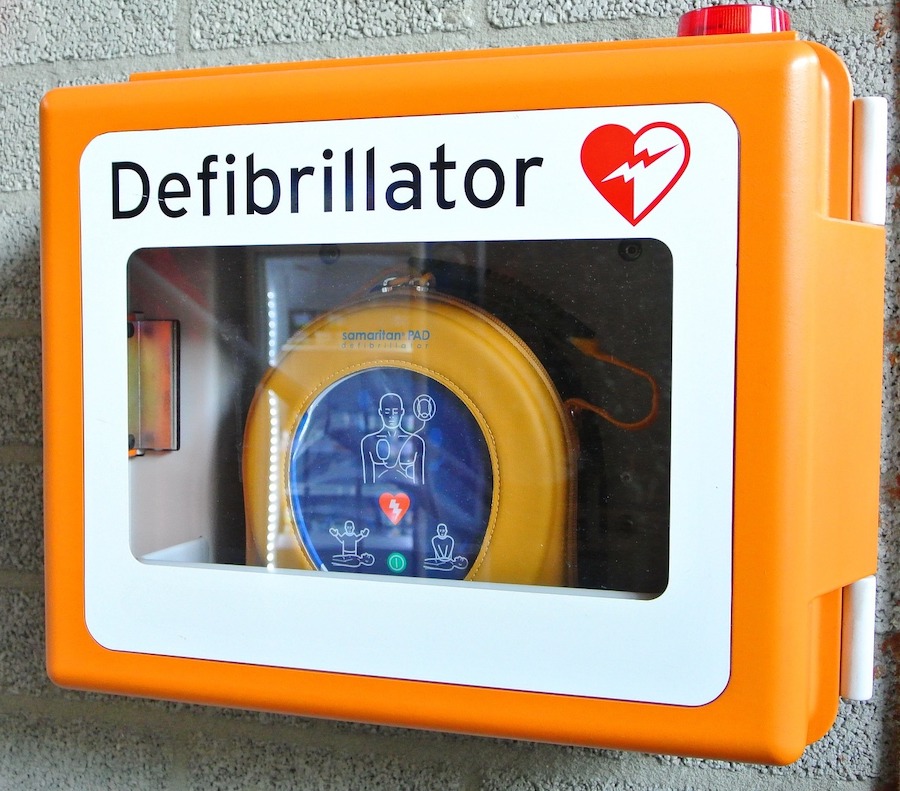
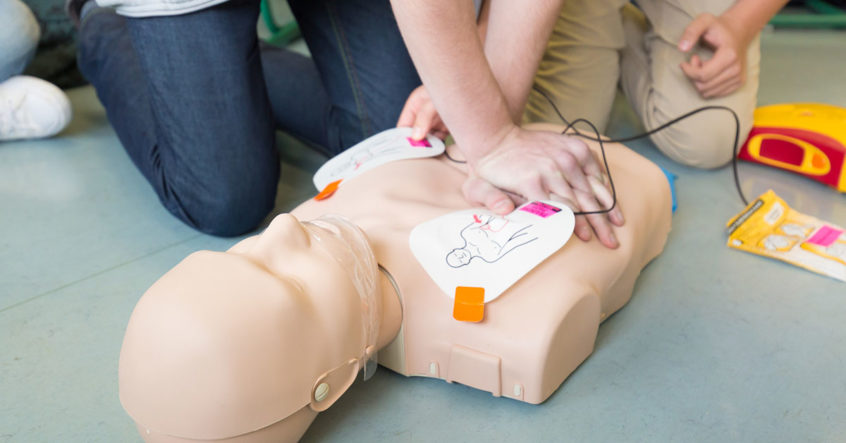
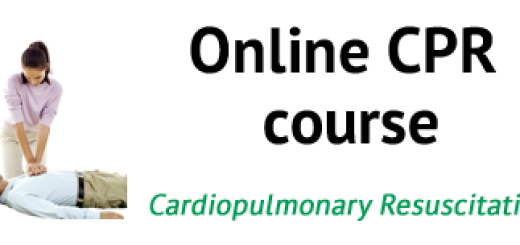
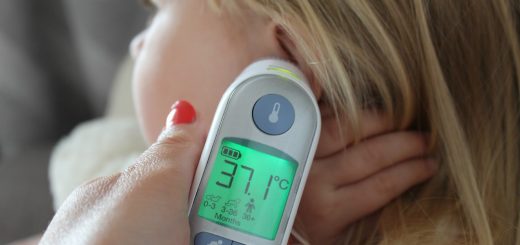
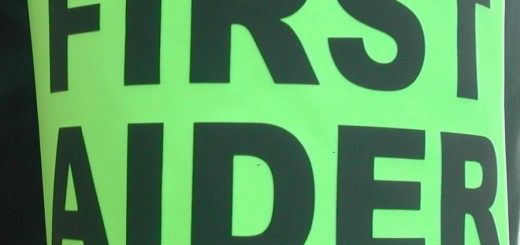


It was helpful